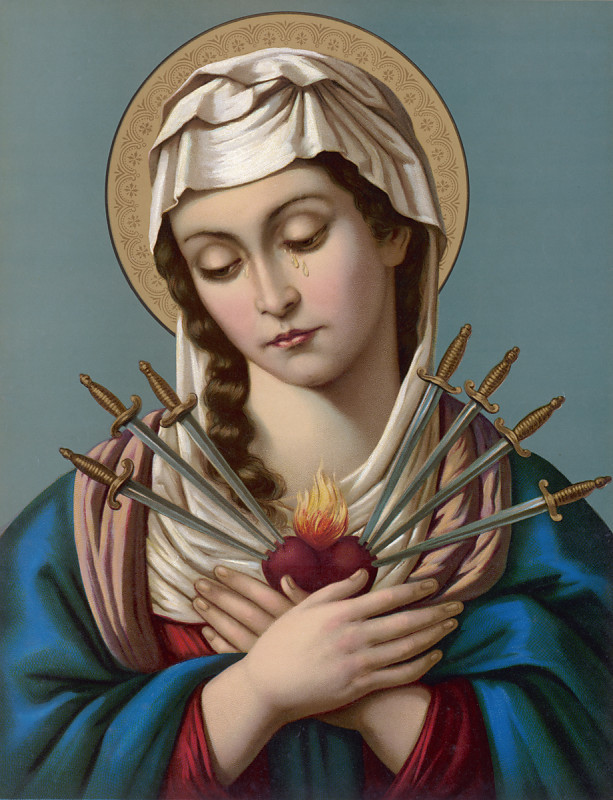It is so interesting how God is always so present in our lives. As I started writing this blog on sorrow, I had not yet realized that in the same week it would be the Feast Day of Our Lady of Sorrows (15 September). Even in our sorrows, He is ever so present.
The Oxford dictionary defines sorrow as “a feeling of deep distress caused by loss, disappointment, or other misfortune suffered by oneself or others.”
Sorrow is unfortunately part of the human experience, especially within the last six months. The last six months have certainly been hard. For me, in the last six months, I moved back home to finish college online. I saw my brother lose his Fulbright Scholarship and also move home. My college graduation was virtual. I worked at my dad’s coffee roastery and saw the stress the pandemic had done to his business and to him. I lost my dog, Lily, tragically. Several of my family members were diagnosed with new illnesses, and other family members and friends are still experiencing the complications of the coronavirus. Additionally, I had and continue to see my loved ones divided over the state of our world and the United States’ politics. The list goes on and on. Many things have happened that were not planned or desired. Many of these experiences are likely situations similar to what you may have experienced yourself.
The last six months have undoubtedly brought about a lot of sorrow; and, unfortunately, we all will experience more sorrow in this seemingly hell-bound 2020 year and all of the rest of the years of our lives. However, it is important to not allow this truth to shake us in our faith.

Look at Mother Mary. Mother Mary was a woman who certainly experienced a lot of sorrow in her life. She experienced what I imagine to be the most difficult grief that a person could experience in their life — the grief of losing a child. The Feast Day of Our Lady of Sorrows is celebrated to focus on the suffering and grief that the Virgin Mary had experienced in not only the passion and death of her son, but also throughout her entire life. Her sorrow is divided into Seven Sorrows which include: the prophecy of Simeon, the flight of the Holy Family into Egypt; the loss of the child Jesus in the Temple; the meeting of Jesus and Mary on the Way of the Cross; the Crucifixion; holding Jesus when He was taken down from the cross; and then the burial of Jesus. But before Mary had experienced any of these extreme sufferings, she already had the knowledge that she was going to suffer greatly.
Mary’s first sorrow, the prophecy of Simeon, is a foretelling of the grief she would experience as a mother. In Luke Chapter 2, the Holy family goes to the Temple in Jerusalem to fulfill the requirements of the Law of Moses. There, they meet a faithful man named Simeon, who prophesies to the Blessed Mother in Lk 2:35, “Behold, this child is destined for the fall and rise of many in Israel, and to be a sign that will be contradicted and you yourself a sword will pierce so that the thoughts of many hearts may be revealed.” Mary knew that her heart was going to experience so much heartbreak that it would feel as if it was pierced with a sword, yet she did not allow her worries or fears to be bigger than her faith. Mary continued to say, as she said at the Annunciation, “let it be done unto me according to Thy word”.
All of this is to say, as this year gets tough and we experience the effects of the coronavirus, an approaching election, disappointment, loss, and waiting for the House of Brigid communities to finally be together, remember that God is always present. God did not promise a life without sorrow, but He did promise to work in all things. God will always make something good; sometimes you just have to make your ‘yes’ to be open to receive God’s graces in the midst of sorrow.

